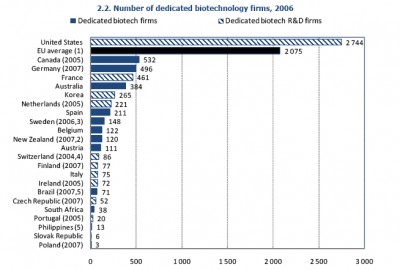
A Liberal minority government, one seat shy of the coveted majority. The turnout was a record low and many pundits are saying that the Progressive Conservatives and Tim Hudak frittered away a golden opportunity to unseat the Ontario Liberals and Premier Dalton McGuinty. Some cynical journos are folding their arms decrying the state of politics as reaching an alltime low with inflammatory rhetoric…sometimes, ironically, shovelling more inflammatory rhetoric onto the fire. {As an aside, I really don’t recall the alleged Liberal insinuation Coyne is referring to, let alone it entering into the political discourse in the 2007 election. If someone has a reference/quote/cite, please comment.}
Some are saying the “hat trick” comment by Stephen Harper at derailed Hudak’s Tories::
My take is that the Ontario Liberals dodged a bullet. They lost their majority, losing 19 seats to the PC {-12} and NDP {-7}, but hold on to power. I thought McGuinty was in trouble, but the Liberals ran a smart campaign given the circumstances and it paid off. This election could have been much worse for the Liberals. While watching the election from New York and Illinois, all of the campaigns {well, let me clarify, the big 3} were appealing to centrism and there were big issues that really motivated voters to go to the polls. My guess is that explains the low turnout more than anything {BTW, Elections Ontario will be looking into the decline.} After all, the PCs and the NDP were left with the charge of advocating a change, but not too much change, since the mantra of this election was the middle of the road. I think the big winner is Andrea Horwath, leader of the Ontario New Democrats, who increased her political capital in this election, as well as her likability and visibility. The Conservatives in Ontario at the provincial and federal levels must be scratching their heads to a certain extent. A Liberal implosion at all levels failed to materialize and the idea of a new era with the Conservative Party of Canada being the natural governing party of Canada seems far from a certainty.


